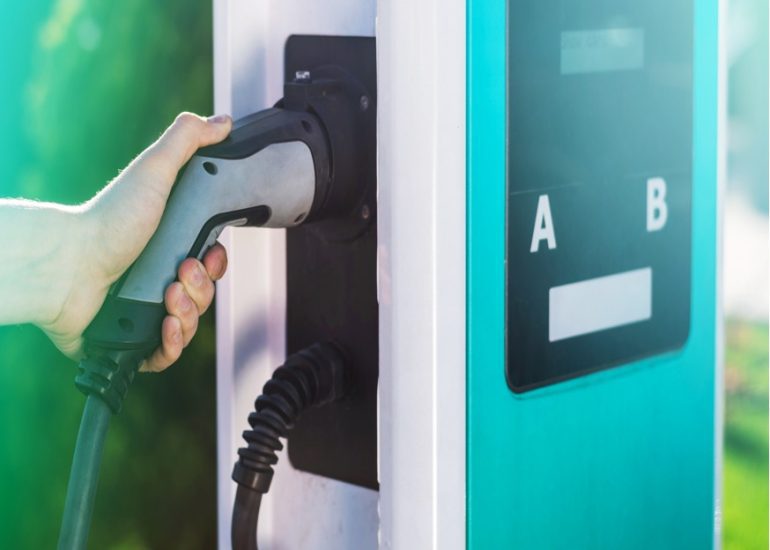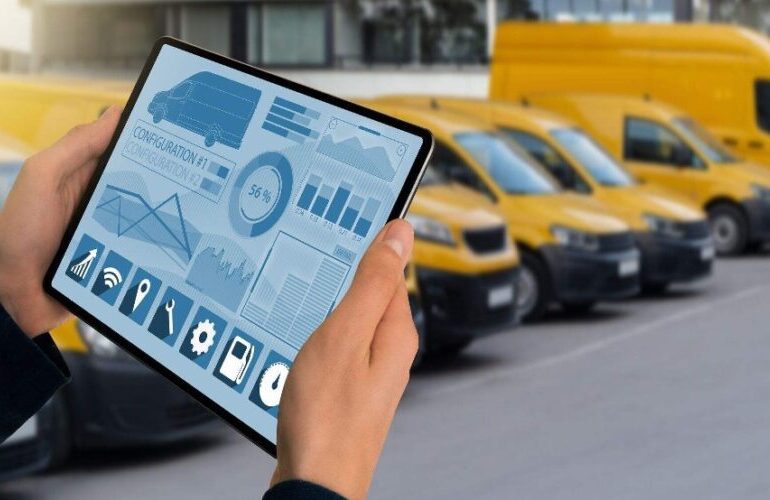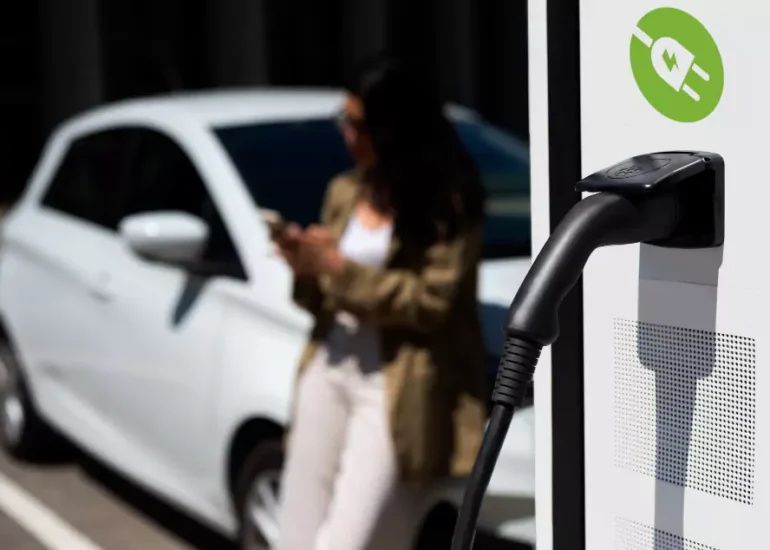The transition to electric vehicles (EVs) is gaining momentum, and one of the most critical players in this rapidly evolving ecosystem is the Charge Point Operator (CPO). A CPO plays a pivotal role in the seamless operation of EV charging infrastructure, ensuring that electric vehicle drivers have access to reliable and efficient charging networks. But what exactly does a Charge Point Operator do, and why is their role so important in the electric mobility ecosystem?
In this post, we’ll explore the significance of Charge Point Operators (CPOs), how they contribute to the overall EV charging landscape, and how CPOs can optimize their operations to meet growing demand and future-proof their networks.
Table of Contents
What is a Charge Point Operator (CPO)?
A Charge Point Operator (CPO) is a key player in the eMobility ecosystem responsible for establishing and managing the infrastructure necessary to provide EV charging services. CPOs build EV charging sites, install hardware from various electric vehicle supply equipment (EVSE) manufacturers, and ensure the smooth ongoing operation of these sites. This includes managing the backend EV charging and energy management systems that ensure chargers function optimally, even under high demand.
CPOs typically work alongside eMobility Service Providers (EMSPs), who are responsible for customer-facing services such as billing and customer relationships. EMSPs connect EV drivers with charge points, which may be located at home, workplaces, public spaces, or fleet depots. CPOs and EMSPs form an integral part of the network that allows EV charging to become a mainstream service.
The CPO’s Role in Ensuring Seamless EV Charging Operations
As the backbone of the EV charging ecosystem, CPOs manage various types of charging hardware and oversee the communication between chargers and backend systems. They ensure that EV chargers are always available, operational 24/7, and offer a seamless charging experience for users. To do this, they must stay ahead of the challenges brought by rapid growth in the EV market, including increasing charger installations, varying charger types, and evolving user demands.
Key responsibilities of CPOs include:
1. Installing and maintaining EV chargers:
From basic Level 2 chargers to ultrafast Level 3 chargers, CPOs deploy a wide range of charging infrastructure to meet the needs of EV drivers across different environments.
2. Managing energy consumption:
CPOs optimize energy usage through smart energy management, ensuring that EV charging is cost-effective and sustainable.
3. Real-time monitoring and troubleshooting:
CPOs implement monitoring systems to detect issues with chargers, ensuring that service disruptions are minimized, and downtime is reduced.
4. Scalability and flexibility:
As demand for EV charging grows, CPOs must ensure their networks can scale and integrate with new technologies to maintain performance and service levels.
How Can Charge Point Operators Optimize Their Operations?
The role of CPOs is multi-faceted, and optimizing their operations is crucial to meeting the demands of a growing EV market. Below are key strategies CPOs can implement to ensure they remain efficient, scalable, and future-ready.
1. Maximize Charger Uptime with Smart Monitoring
A CPO’s primary goal is to provide uninterrupted EV charging services. Through real-time monitoring and predictive analytics, CPOs can identify potential issues before they lead to downtime. Automation tools, including self-healing mechanisms, can proactively resolve software issues, significantly reducing the need for on-site repairs and improving service availability.
2. Embrace Smart Energy Management
Energy optimization plays a central role in the operational efficiency of a CPO network. By leveraging smart energy management systems, CPOs can balance energy demand across charging stations, integrate renewable energy sources, and reduce operating costs. Efficient EV charging infrastructure can also contribute to grid stabilization through vehicle-to-grid (V2G) technology, allowing CPOs to harness the power of EV batteries to support the electricity grid during peak demand times.
3. Enhance Interoperability for Seamless Operations
Interoperability is essential for CPOs to ensure smooth interactions between their charging stations and the broader EV charging ecosystem. By adopting open standards like OCPP (Open Charge Point Protocol) and OCPI (Open Charge Point Interface), CPOs can future-proof their networks and enable seamless integration with EMSPs, other CPOs, and third-party networks. This ensures that EV drivers can access a broad range of charging points, increasing utilization and customer satisfaction.
4. Focus on Business Flexibility for Growth
CPOs must prioritize flexibility in their platforms to support varied charging needs. A robust CPO platform should be able to handle multiple payment methods, dynamic pricing, and integration with ev roaming services (e.g., Hubject and GIREVE) that allow EV drivers to use any charging station across different networks. This maximizes the utilization of charge points and helps CPOs generate a faster return on investment.
5. Deliver an Exceptional Customer Experience
For a CPO, customer satisfaction is paramount. This includes providing an intuitive interface for users, seamless payment options (including plug and charge technology), and ensuring a consistently reliable charging experience. Offering real-time information on charger availability, wait times, and pricing is crucial for EV drivers. The more accessible and user-friendly the experience, the more likely drivers will return to the same network for future charging needs.
The Future of Charge Point Operators and EV Charging
As the electric vehicle market continues to expand globally, the role of Charge Point Operators will become even more crucial in facilitating a clean, sustainable, and efficient EV charging infrastructure. To meet the growing demand, CPOs will need to continually invest in technology advancements, energy management, and scalability solutions.
By focusing on operational excellence, smart energy management, and interoperability, CPOs can not only ensure the reliability and success of their networks but also contribute to the overall growth of the eMobility ecosystem.
In conclusion, Charge Point Operators are at the heart of the EV charging revolution, ensuring that the transition to cleaner, more sustainable transportation is as seamless and efficient as possible. With the right tools, technology, and strategies, CPOs can successfully meet the demands of the growing EV market, provide an exceptional charging experience, and drive the future of electric mobility forward.
Looking to improve your charging operations?
Get in touch to discover cutting-edge solutions for Charge Point Operators.





